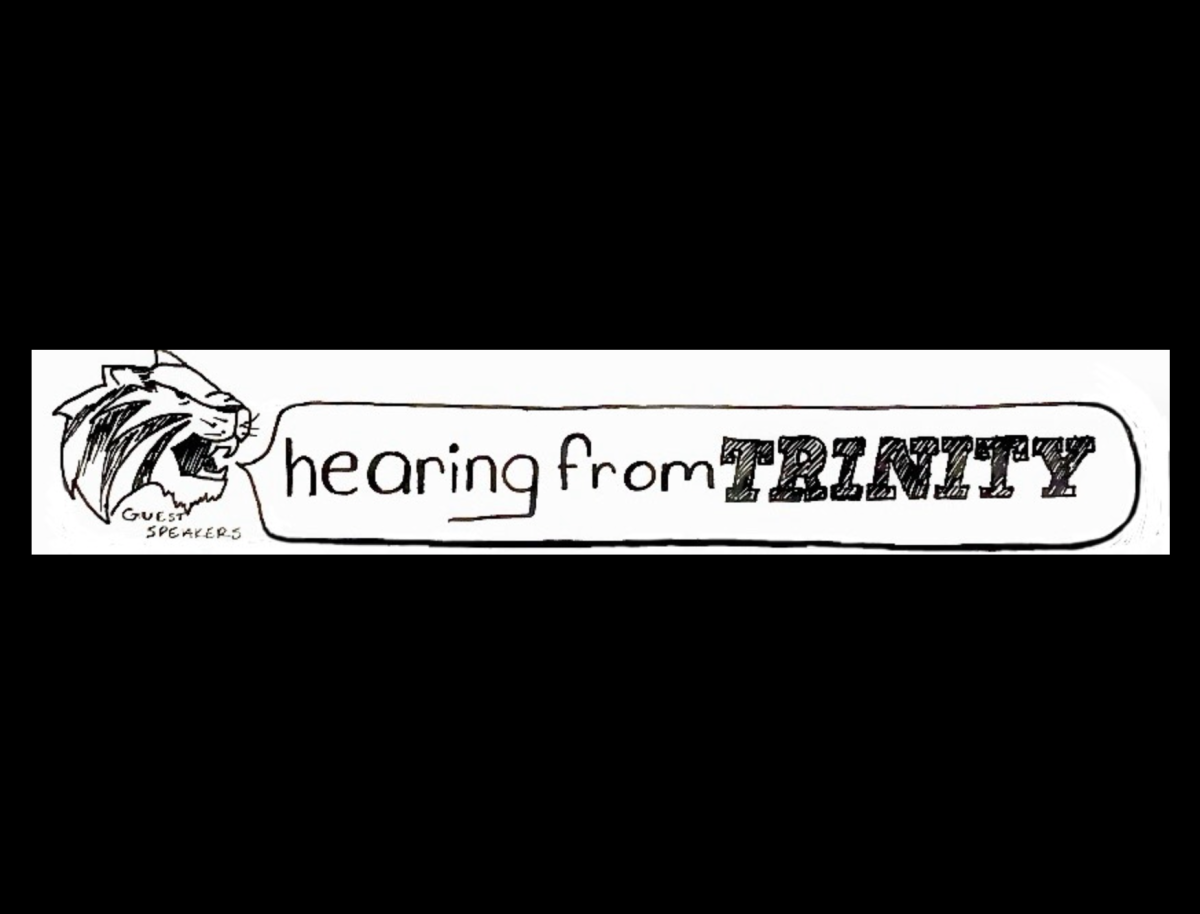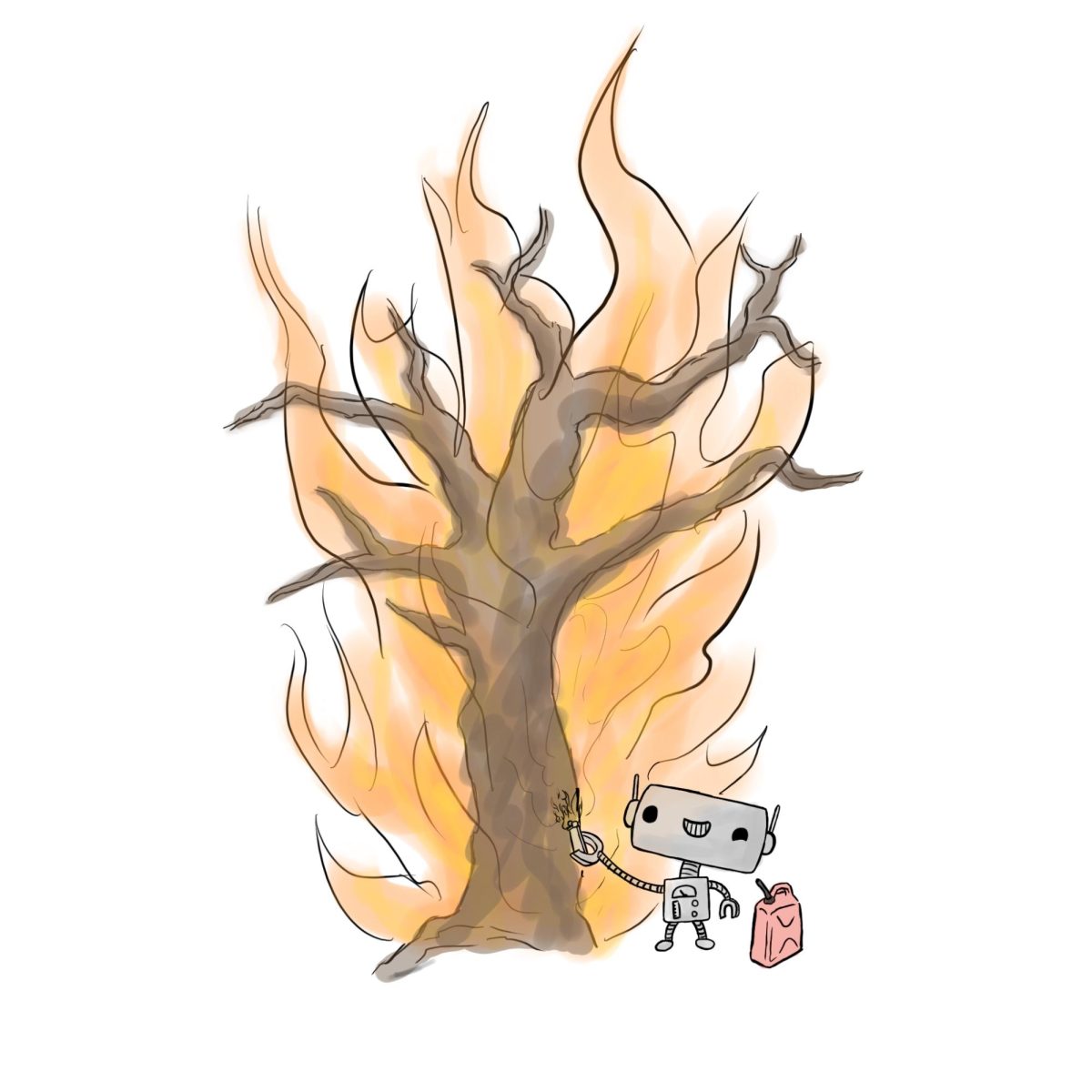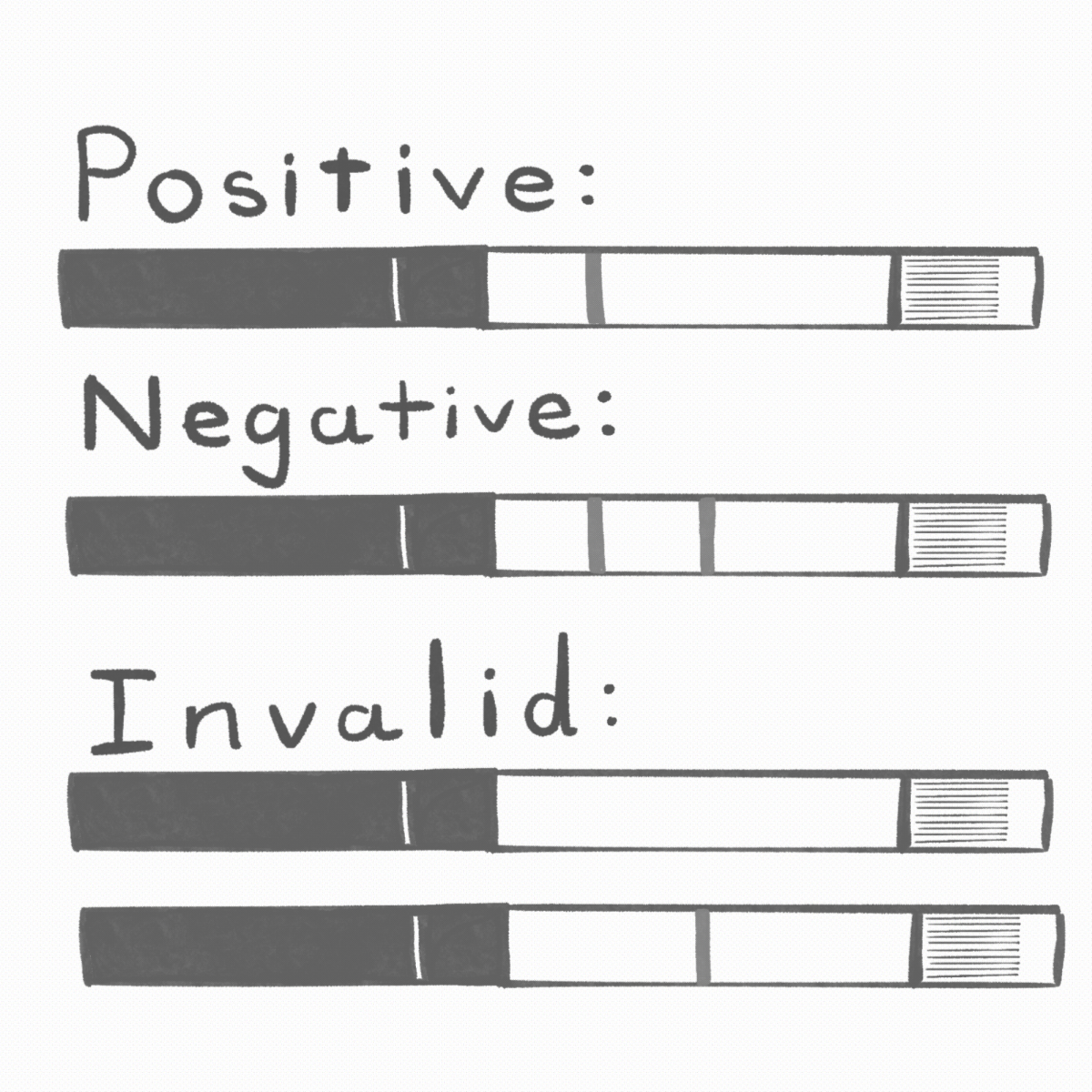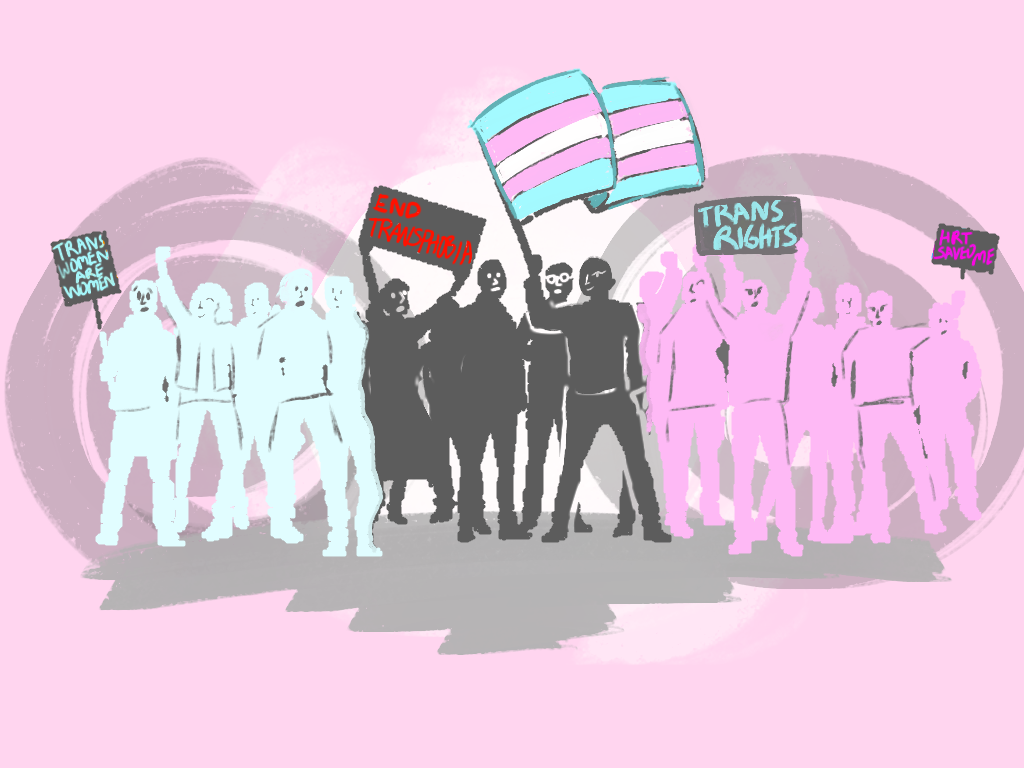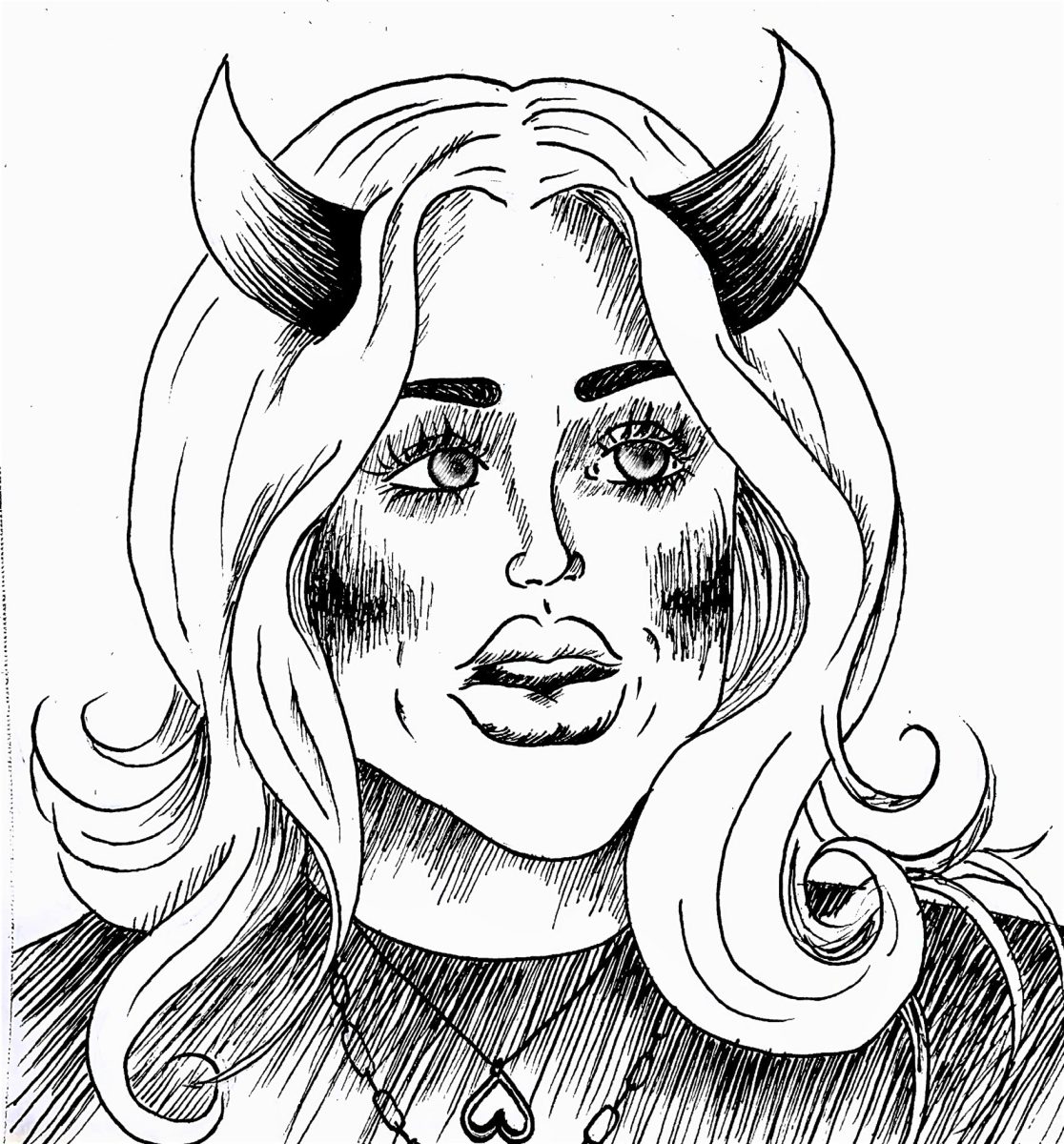The best card I received was for Christmas a few months ago. I have a box of cards beneath my bed partly because I’m sentimental and like to write them (and thus receive some in return) and partly because I’m a minor hoarder. None of the cards compare to the one I got from a friend before departing home, though. It accompanied a present and it read, simply:
“Dear Joy,”
And that was it. No verbiage followed suit to fill up the empty white space besides those two words. The shock of the incomplete thought took over me in a burst of authentic laughter. My friend had been writing cards for others as she went and she had forgotten to finish mine. She was embarrassed, but I loved it regardless, and proceeded to make all other friends and family members read what I deemed “the best card I had ever received.”
The heartfelt portrayal of friendship which typically is documented in a card was not present in mine. Instead, I valued the seemingly empty piece of cardstock because of the humor in its nothingness. Thus, following this minor joy, I found myself reading collection of letters. First, “Dear America: Letters Home from Vietnam” and then “A Life in Letters: F. Scott Fitzgerald.” The contents of these books vary widely from each other, but the art of a well-written letter is present in both. The letters are beautiful representations of a current moment in time. They’re pristine snapshots of a life, preserved through writing that is uncensored by outside influence because of the intimate nature of a single audience. By reading this stream of consciousness I can really understand a writer’s thought process, rationale and value system. Reading well-crafted, honest letters inspires me to write my own. I am not talking about open letters, ones posted online that are compilations of your opinions, addressed to everyone, sincerely signed by you. No, the letters I speak of are ones that are intimate and sent away.
Modern forms of communication, such as texting and emailing are ever-present. I currently have over 1,000 emails in my inbox. They’ve been hanging out there for a while. I check my inbox multiple times a day, constantly responding and deleting and forwarding and drafting. But imagine that the email was actual mail, as in mail without an “e” attached to it. The amount of paper would be absurd and completely unnecessary. We would all be inundated with paper, and the recycling movement would be beside itself. This image allows me to perceive just how much communication clouds my accounts. I feel like I’m constantly communicating with someone. It’s gotten to the point where I can’t remember if I replied to the email or I only opened it and looked at it briefly, in all its banality. The same is true of texts. I find myself, minutes later, going back to respond to a text message that I thought I had forgotten about, only to discover I had already responded and there’s a reply waiting for me. It’s like my brain quick fires responses and I can’t process it all at once. The texts are mildly funny or mildly plain, depending how much time I have. Emojis are indicators of feelings that I don’t have to express with words, so I can tap a little heart and send it on its way without doing anything emotionally or mentally taxing.
I enjoy communication without efficiency that doesn’t always get straight to the point and has frills. Some of the letters I read were flowery and overdone, but they said something and they had real substance in them. This form of communication meant long, drawn-out conversations, one-sided, in need of another response. With F. Scott Fitzgerald’s letters, the schedules wouldn’t sync and sometimes correspondences would go out of order, and lines would cross and it would be quite a muddy mess to sort everything out. But that’s because they were communicating in a time when instant gratification wasn’t sought after, and responses to a question weren’t reduced to single letters, such as a “k” or a “y.”
But what are we really saying in these short exchanges, these professional reminders? Not much. I miss letter writing because it seems like it was once therapeutic and very, very expressive. People had time and were willing to write what they wanted to be read, and the substance of a message depended on a pure desire to authentically connect with someone, no matter what the message entailed.


